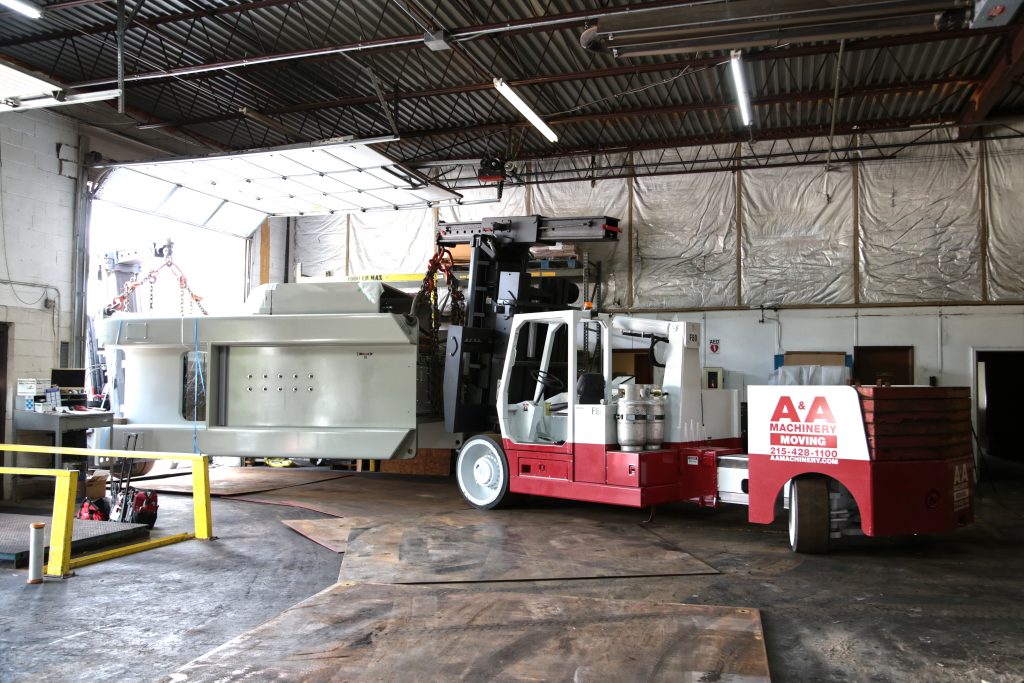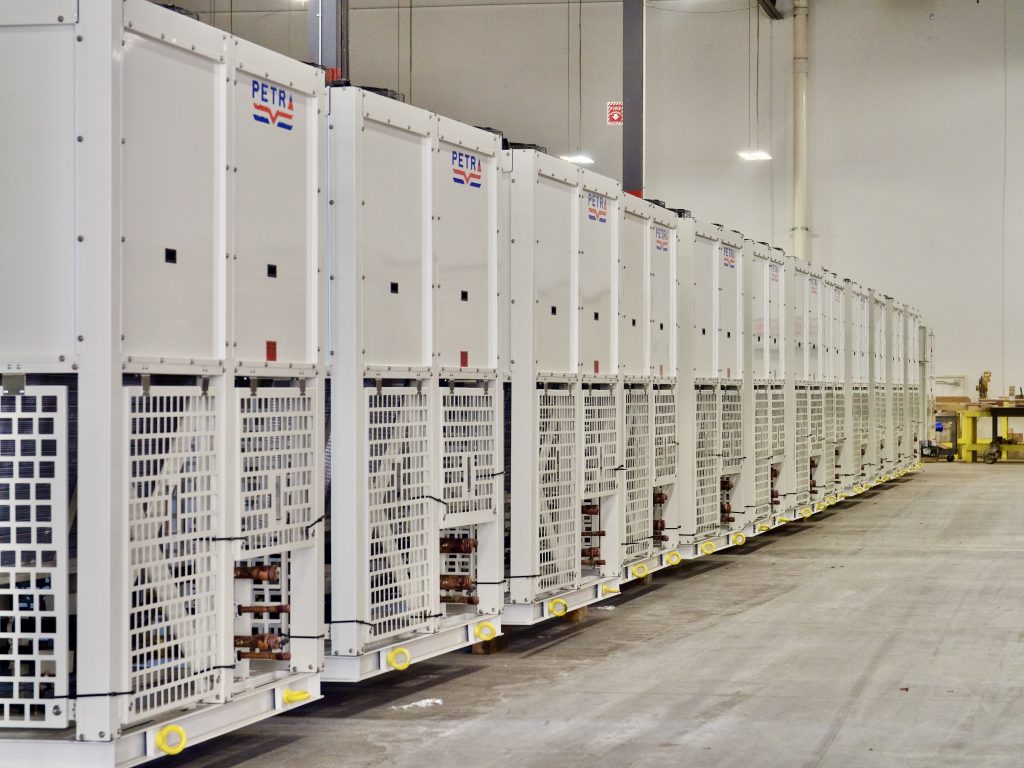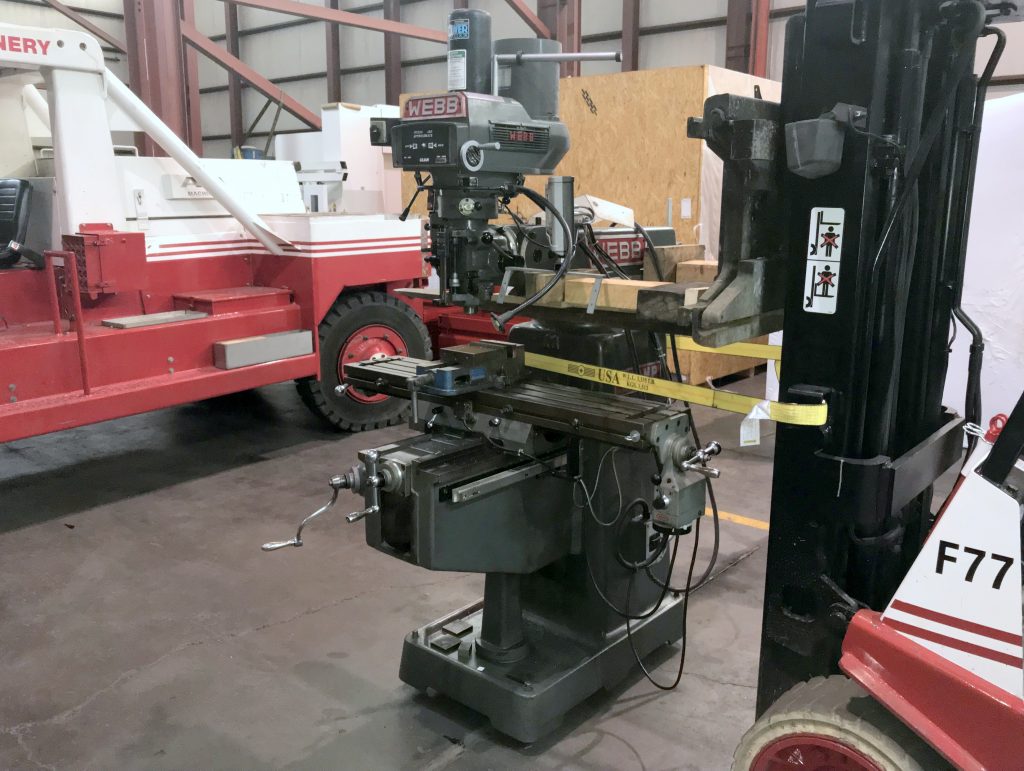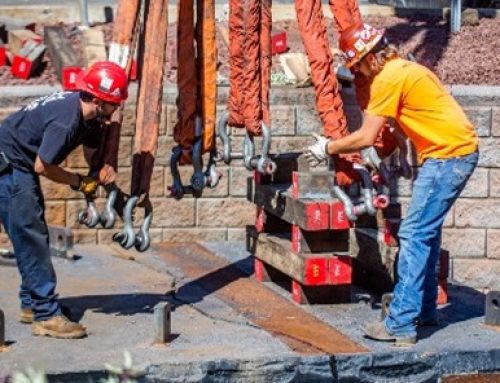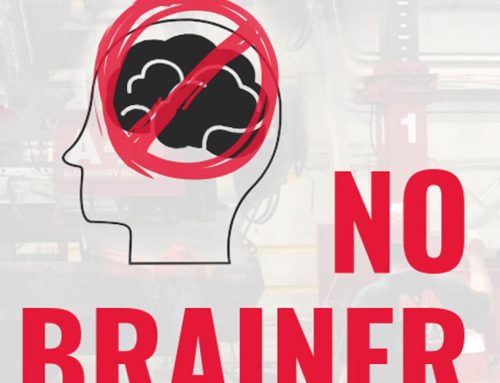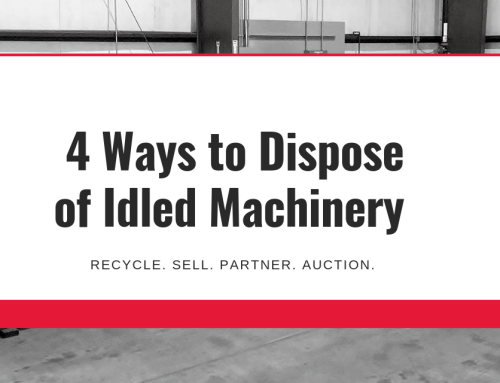Share
Does Your Rigger Have the Right Insurance?
Does your rigger have the right insurance? Here’s how to check in 30 seconds or less.
So you invested in a new machine. You hired a rigger or machine mover to unload that new, pricey asset and move it into a location inside your plant or facility.
Like most buyers today, you require the rigger to send you a Certificate of Insurance (COI) as proof of insurance in advance of the work. Or, if you’re part of a mid to large company with some procurement resources, you may have provided them with a list of specific coverages and limits the COI needs to show. So, now you can breathe easier; you’ve got the COI and you’re covered, right?
Maybe….Maybe not. But, here’s a quick and easy 5-point guide to help you uncover whether your rigger has the right insurance.
In no way do we intend this quick-check to replace the good advice you get from your insurer, but this may help you spot whether you might have a problem or not.
FACT #1 – General Liability insurance DOES NOT cover your pricey new machine
You read that right. General Liability (GL) doesn’t cover that beautiful, new machine the rigger is handling. You see one to two million in GL coverage on the COI, plus a few million more in Umbrella or Excess coverage and you think you’re solid with plenty left over. Think again. No matter how much General Liability and Excess coverage your rigger is carrying, not one penny of it is going towards damages or a loss on that machine if the unthinkable happens.
And that’s regardless of how the unthinkable happens. It doesn’t matter if drops from the end of a crane hook, tips over while jacking or skating or rolls off the forks of a lift truck onto another machine. The General Liability policy covers whatever damages occur as a result of being struck by the machine they were rigging, but it doesn’t cover the damages to the actual piece they were rigging or was under their care, custody, and control.
FACT #2 – Damages to the machine or equipment being rigged are covered under a Riggers Liability or Installation Floater policy
Look for ‘Riggers Liability’ (RL) or ‘Installation Floater’ (IF); both cover the machine being rigged or moved, and both of these would be under what is called an Inland Marine policy.
If you’re wondering about the difference between Riggers Liability and Installation Floater coverages, the basic premise is pretty simple. Riggers Liability is narrower in that it covers the specific rigging, moving and handling activities, while the Installation Floater is a little broader and covers those activities as part of covering the work installed, fabricated or erected by the contractor until the installation work is accepted by the purchaser.
Riggers Liability functions as liability coverage, meaning the rigger must be legally liable for the damage to the machine for the coverage to engage. In regards to Installation Floater, some policies only cover installation, but not removing the machine for maintenance.
Another important note – neither policy covers Loss of Use of the machine. Lost production due to downtime arising from the damage is not covered.
FACT #3 – Be sure coverage limits of the Riggers Liability (RL) or Installation Floater (IF) is AT LEAST equal to the value of your equipment being rigged
Regardless of how much insurance your contractor may have between their General Liability (GL) and their Umbrella, there will be a different limit on their Riggers Liability or Installation Floater. We can almost guarantee it will be less. Actually, it could be a lot less.
Be aware it also covers only the depreciated value of the machine, which might be much different than the replacement cost of the machine.
FACT #4 – If the value of your machine or piece of equipment exceeds their RL or IF coverage limit, ask for an endorsement amending their policy to the limit you need
The rigger can go back to their insurer and get an endorsement for the increased coverage. Project-specific endorsements may be limited to narrowly defined risk exposures which could be a single rigging activity on a specific day. Either way, if an endorsement is secured, expect the cost of that endorsement to be passed along in the contract value.
FACT #5 – Consult Your Insurer
Lastly, and perhaps most importantly, consult your Insurer. They’re in the business of providing you protection, and that protection includes preventive consultations and COI reviews. It’s part of their business model to provide that service and it should be part of your business model to use them for the same.
Preventative activities like this are astoundingly fast and dirt-cheap (it’s just time) compared to dealing with a claim that’s not insured or under-insured. It’s your insurer’s job to understand the nuances and all of the insurance jargon and it would be smart of you to let them do just that.
In Quick Review:
- General Liability (GL) DOES NOT cover the item being rigged.
- Riggers Liability (RL) or Installation Floater (IF) will cover the item being rigged, but not the Loss-of-Use of the machine.
- Make sure the policy limit is AT LEAST equal to the value of the equipment being rigged.
- Ask for an endorsement if more coverage is needed.
- Use your insurer. It’s part of what you’re already paying for.
Full disclosure….this article was written in conjunction with Robert Manley of The Safegard Group, who provides most of our insurances. We consistently rely on The Safeguard Group and engage them for COI reviews and general consultations regarding insurances both required of us from our customers and required by us for subs, vendors, and others. They’re our partners in the active management of our risks.
Does Your Rigger Have the Right Insurance?
Does your rigger have the right insurance? Here’s how to check in 30 seconds or less.
So you invested in a new machine. You hired a rigger or machine mover to unload that new, pricey asset and move it into a location inside your plant or facility.
Like most buyers today, you require the rigger to send you a Certificate of Insurance (COI) as proof of insurance in advance of the work. Or, if you’re part of a mid to large company with some procurement resources, you may have provided them with a list of specific coverages and limits the COI needs to show. So, now you can breathe easier; you’ve got the COI and you’re covered, right?
Maybe….Maybe not. But, here’s a quick and easy 5-point guide to help you uncover whether your rigger has the right insurance.
In no way do we intend this quick-check to replace the good advice you get from your insurer, but this may help you spot whether you might have a problem or not.
FACT #1 – General Liability insurance DOES NOT cover your pricey new machine
You read that right. General Liability (GL) doesn’t cover that beautiful, new machine the rigger is handling. You see one to two million in GL coverage on the COI, plus a few million more in Umbrella or Excess coverage and you think you’re solid with plenty left over. Think again. No matter how much General Liability and Excess coverage your rigger is carrying, not one penny of it is going towards damages or a loss on that machine if the unthinkable happens.
And that’s regardless of how the unthinkable happens. It doesn’t matter if drops from the end of a crane hook, tips over while jacking or skating or rolls off the forks of a lift truck onto another machine. The General Liability policy covers whatever damages occur as a result of being struck by the machine they were rigging, but it doesn’t cover the damages to the actual piece they were rigging or was under their care, custody, and control.
FACT #2 – Damages to the machine or equipment being rigged are covered under a Riggers Liability or Installation Floater policy
Look for ‘Riggers Liability’ (RL) or ‘Installation Floater’ (IF); both cover the machine being rigged or moved, and both of these would be under what is called an Inland Marine policy.
If you’re wondering about the difference between Riggers Liability and Installation Floater coverages, the basic premise is pretty simple. Riggers Liability is narrower in that it covers the specific rigging, moving and handling activities, while the Installation Floater is a little broader and covers those activities as part of covering the work installed, fabricated or erected by the contractor until the installation work is accepted by the purchaser.
Riggers Liability functions as liability coverage, meaning the rigger must be legally liable for the damage to the machine for the coverage to engage. In regards to Installation Floater, some policies only cover installation, but not removing the machine for maintenance.
Another important note – neither policy covers Loss of Use of the machine. Lost production due to downtime arising from the damage is not covered.
FACT #3 – Be sure coverage limits of the Riggers Liability (RL) or Installation Floater (IF) is AT LEAST equal to the value of your equipment being rigged
Regardless of how much insurance your contractor may have between their General Liability (GL) and their Umbrella, there will be a different limit on their Riggers Liability or Installation Floater. We can almost guarantee it will be less. Actually, it could be a lot less.
Be aware it also covers only the depreciated value of the machine, which might be much different than the replacement cost of the machine.
FACT #4 – If the value of your machine or piece of equipment exceeds their RL or IF coverage limit, ask for an endorsement amending their policy to the limit you need
The rigger can go back to their insurer and get an endorsement for the increased coverage. Project-specific endorsements may be limited to narrowly defined risk exposures which could be a single rigging activity on a specific day. Either way, if an endorsement is secured, expect the cost of that endorsement to be passed along in the contract value.
FACT #5 – Consult Your Insurer
Lastly, and perhaps most importantly, consult your Insurer. They’re in the business of providing you protection, and that protection includes preventive consultations and COI reviews. It’s part of their business model to provide that service and it should be part of your business model to use them for the same.
Preventative activities like this are astoundingly fast and dirt-cheap (it’s just time) compared to dealing with a claim that’s not insured or under-insured. It’s your insurer’s job to understand the nuances and all of the insurance jargon and it would be smart of you to let them do just that.
In Quick Review:
- General Liability (GL) DOES NOT cover the item being rigged.
- Riggers Liability (RL) or Installation Floater (IF) will cover the item being rigged, but not the Loss-of-Use of the machine.
- Make sure the policy limit is AT LEAST equal to the value of the equipment being rigged.
- Ask for an endorsement if more coverage is needed.
- Use your insurer. It’s part of what you’re already paying for.
Full disclosure….this article was written in conjunction with Robert Manley of The Safegard Group, who provides most of our insurances. We consistently rely on The Safeguard Group and engage them for COI reviews and general consultations regarding insurances both required of us from our customers and required by us for subs, vendors, and others. They’re our partners in the active management of our risks.


